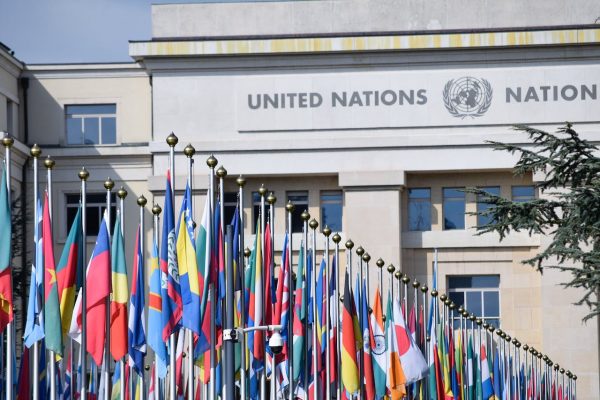The Czech Republic is gearing up for a protracted, potentially nuclear confrontation with Russia, as well as the anticipated movement of large allied military units across its territory. In response to the Ukraine conflict, the Ministry of Defence is overhauling its defense strategy, focusing on modernizing the armed forces and enhancing transport infrastructure to accommodate the transit of allied troops and equipment toward the Russian border.
The document, expected to undergo discussion in the House defense committee, underscores that the primary aim of Czech defense policy is to prepare for an extended, high-intensity defensive conflict against a technologically advanced adversary armed with nuclear capabilities due to Russia’s increasing aggression.
Former army chief Jiri Sedy supports these strategic shifts, emphasizing the need to prepare the military and society for potential conflicts, driven not only by Ukraine’s situation but also by the deteriorating global security environment, notably the rivalry between the US and China. Even if the Ukraine war ends, the threat of conflict persists, compounded by the situation in Indochina, according to Šedivý.
Defense Minister Jana Černochová presented the strategy to President Petr Pavel, the commander-in-chief of the armed forces, in July, with government approval anticipated by the end of September.
The strategy outlines two main objectives:
- Enhancing the armed forces: This involves a substantial increase in the number of soldiers, with a goal of expanding professional military personnel from 24,000 to 30,000 by 2030, along with 10,000 active reservists. A significant budget increase, with defense expenditure reaching two percent of GDP, supports this rearmament, with a one-third budget boost expected next year, rising from CZK 100 billion to CZK 150 billion.
- Preparing the Czech Republic’s operational readiness: This objective necessitates substantial investments, particularly in road networks, railways, and airports, to support potential troop movements. Infrastructure improvements such as bridge reinforcement, tunnel expansions, and airport upgrades are key components of this readiness. This shift aligns with NATO plans established at the Vilnius Summit in July, focusing on movements to the eastern flank and the transportation of heavy equipment, surpassing the carrying capacity of current Czech roads and bridges. This represents a significant departure from the previous strategy that prioritized foreign operations.
Furthermore, the strategy emphasizes that defense readiness extends beyond the military to encompass society and the business sector. To this end, the Czech Republic will create conditions for defense industry involvement in the economic mobilization system.
The broader security strategy, approved by the Government in June and prepared by the Ministry of Foreign Affairs, highlights Russia as the primary threat, along with concerns emanating from China and unstable African nations.
Source: novinky.cz


















